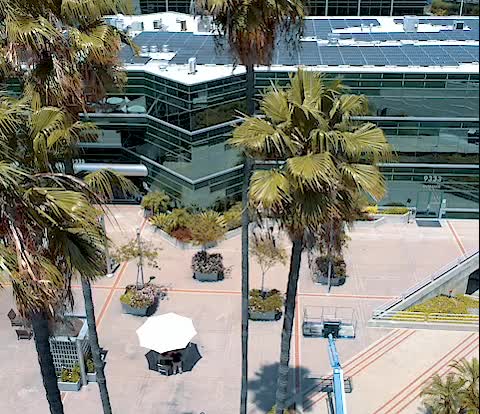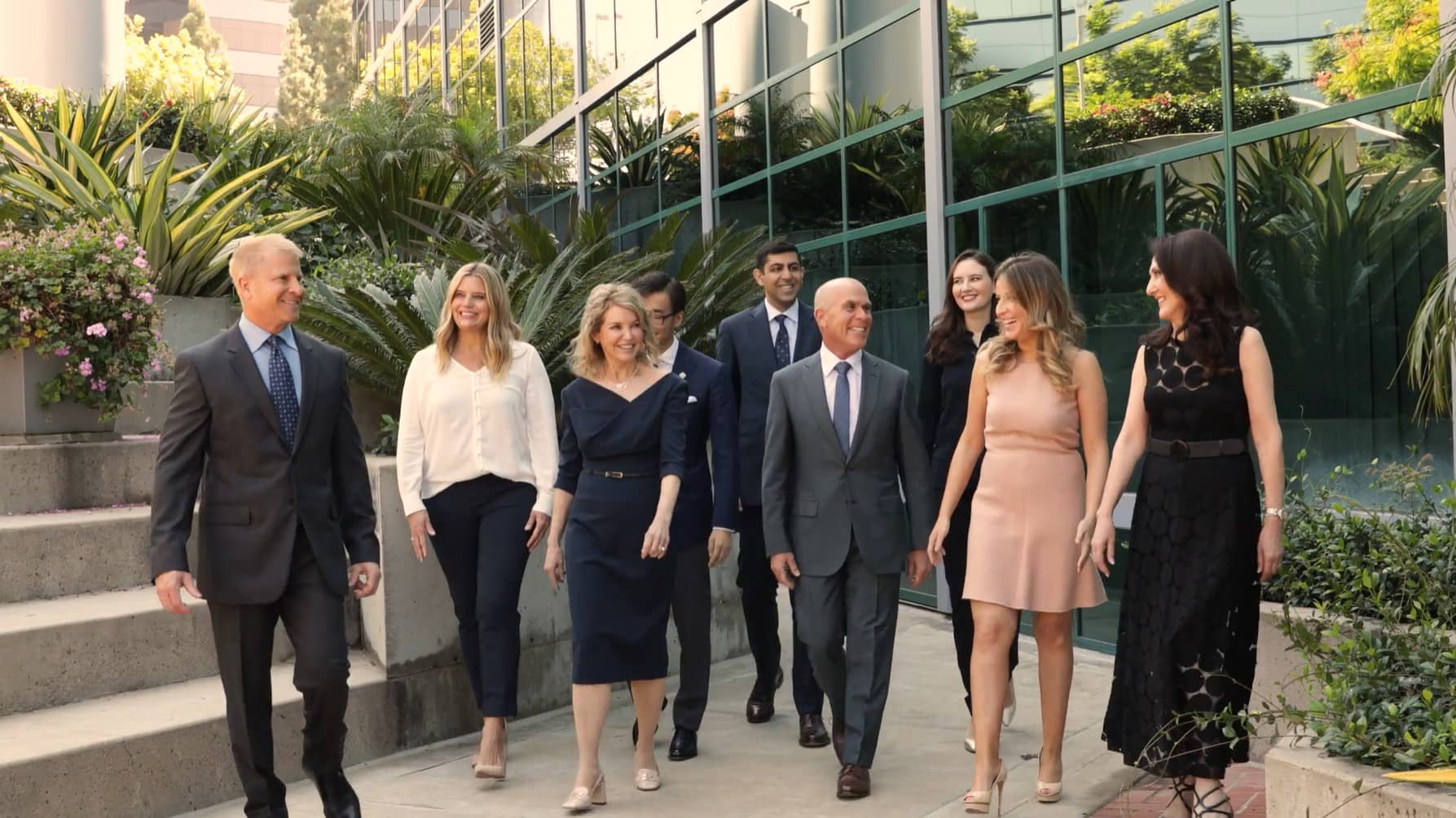Rhinophyma is a progressive skin condition that causes the nose to swell, giving it a red and large bulbous appearance. Also referred to as rosacea nose, whiskey nose, rum nose, and bulbous nose, rhinophyma can occur in those with rosacea, a common chronic inflammatory skin condition that causes facial redness on the nose and cheeks and affecting more than 16 million Americans. As the rosacea progresses, the nose becomes more swollen because of scar-like tissue formation and enlarged sebaceous glands, causing it to have a bumpy surface that alters its shape.
In the below video, Dr. Groff goes over some information about this skin condition.
Causes And Risk Factors
The causes of rhinophyma are not fully understood. Rhinophyma typically occurs as a more severe stage of rosacea, most people with rosacea do NOT develop rhinophyma.. And even if it is commonly believed that alcohol use causes it, there is no proven link between rhinophyma and excessive drinking.
While the exact causes are unknown, there are certain factors that can increase the risk of developing rhinophyma. These include:
- Age and Gender – Rhinophyma is more common in men between the ages of 50 and 70.
- Complexion – Those with fair skin are more likely to have rhinophyma.
- Ethnicity – Those of English, Scottish, Irish, Eastern European, or Scandinavian descent are at higher risk.
- Genetics – Those with a family history of rosacea or rhinophyma are at higher risk.
Symptoms
During the less severe stages of rosacea, patients will see the following symptoms of rhinophyma which may occur in cycles and become worse if left untreated:
- Numerous visible oil glands
- Enlarged skin pores
- Facial flushing
- Red, blotchy skin
- Thickened skin
- Reddish skin tone
- Recurrent bumps and pimples (often mistaken for acne)
- Rough, waxy, and yellowish skin surface
- Very sensitive skin
- Telangiectasia (swelling of tiny blood vessels on the nose and cheeks)
Diagnosing Rhinophyma
Rhinophyma usually occurs after a rosacea diagnosis. A thorough evaluation which includes a physical exam and a discussion of personal and family medical history will be conducted. Rarely, a skin biopsy will be needed to confirm the diagnosis, especially if the symptoms do not improve with treatment.
Rhinophyma Treatment Options
Although there is no cure for rhinophyma, there are effective treatments available to:
- Remove overgrowth of excess tissue
- Reshape and improve the appearance of the disfigured nose
- Improve breathing ability
- Minimize enlarged blood vessels
- Prevent deterioration of the skin
Depending on the extent and severity of the rhinophyma, a doctor can offer the following treatments:
Medication
If the rhinophyma is at an early stage and if the symptoms are not severe, oral isotretinoin, a retinoid, may be effective in reducing redness and minimizing the growth of sebaceous glands. Oral or topical antibiotics such as tetracycline, metronidazole, and erythromycin may also be used to reduce inflammation in the area.
Surgery
The most common treatment for rhinophyma is surgery. It is considered as the most effective option for achieving long-term success. Performing surgery as early as possible is crucial in preventing permanent disfigurement of the nose. Surgical options include:
- Dermabrasion – a small, rotating tool is used to remove the top layers of the skin. It causes bleeding and may cut too deep, leading to scarring and permanent color changes in the skin.
- Cryosurgery – extremely cold temperatures are used to freeze and destroy abnormal tissues. This also may lead to scarring and permanent pigmentary changes.
- Sharp Excision – a scalpel is used to cut away excess tissue. This can also lead to scarring.
- Electrocautery and Electrosurgery – devices that deliver high-frequency electrical currents are used to heat and destroy excess tissue.This also may lead to scarring and permanent pigmentary changes.
- Carbon Dioxide and/or Er:YAG Laser Resurfacing – skin resurfacing is used to vaporize off the bumps caused by thickening skin and allows the surgeon to resculpt the nose like an artist sculpting clay. This procedure causes the least amount of bleeding, scarring and pigmentary change.
Here at Cosmetic Laser Dermatology, our board-certified dermatologists use fully ablative C02 laser, Fractional C02, or Erbium:YAG lasers alone or in combination to treat rhinophyma. Because of anesthesia, the outpatient procedure is painless.
Recovery from a Rhinophyma Treatment
It will take approximately 20-35 minutes to resurface the skin of the nose then a protective dressing will be worn by the patient for 24-48 hours. The skin will have a burnt appearance, giving the skin a red tone that will last for 7-10 days. Following the treatment, slight swelling is common and the healing process will continue over 3-4 weeks.
Additional studies about rhinophyma can be found here.
Find Out More About Your Rhinophyma Treatment Options
At Cosmetic Laser Dermatology in San Diego, our skincare specialists are laser skin resurfacing experts. Our laser treatments are also safe and common procedures that many patients are choosing over more invasive surgical procedures. To find out if you’re a candidate for our laser treatments, call (858) 943-2113 to schedule an appointment today.
Last Update: 10/28/19
More like this,

 Beating Rosacea
Beating Rosacea


